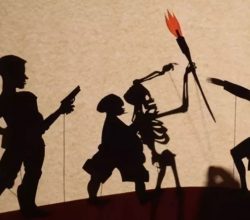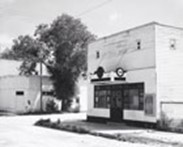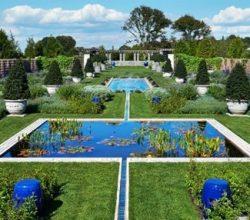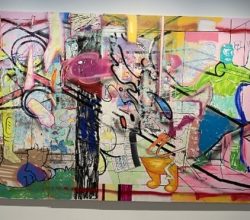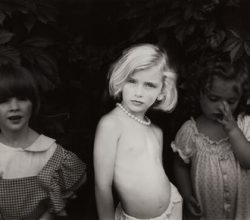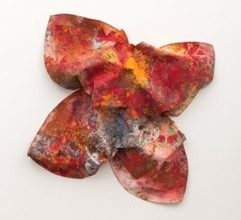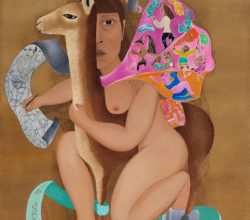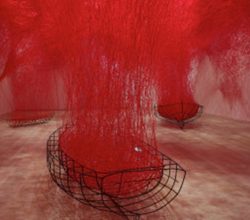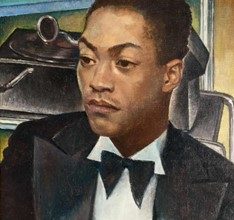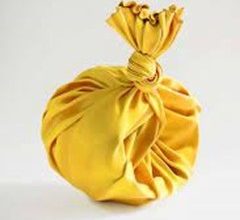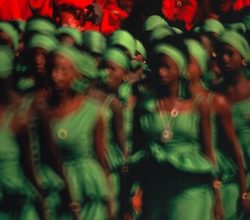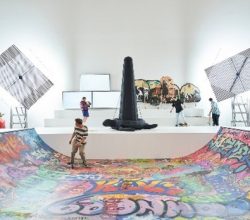
Bah Lumbung: Kristian Vistrup Madsen at Documenta 15
Kristian Vistrup Madsen | Artforum | 22nd June 2022
Documenta, the famed art mega-event in Germany, has always been Eurocentric. Handing over this year’s event to Ruangrupa, an Indonesian collective, was intended to break that cultural monopoly. It has, with an unusual and diverse programme in which “ethics matter more than aesthetics.” The skeptical writer grudgingly admits that it offers “relief from years of accumulated biennial fatigue”. Says another critic, “We are fortunate to witness so much imagination, so much flourishing”.

